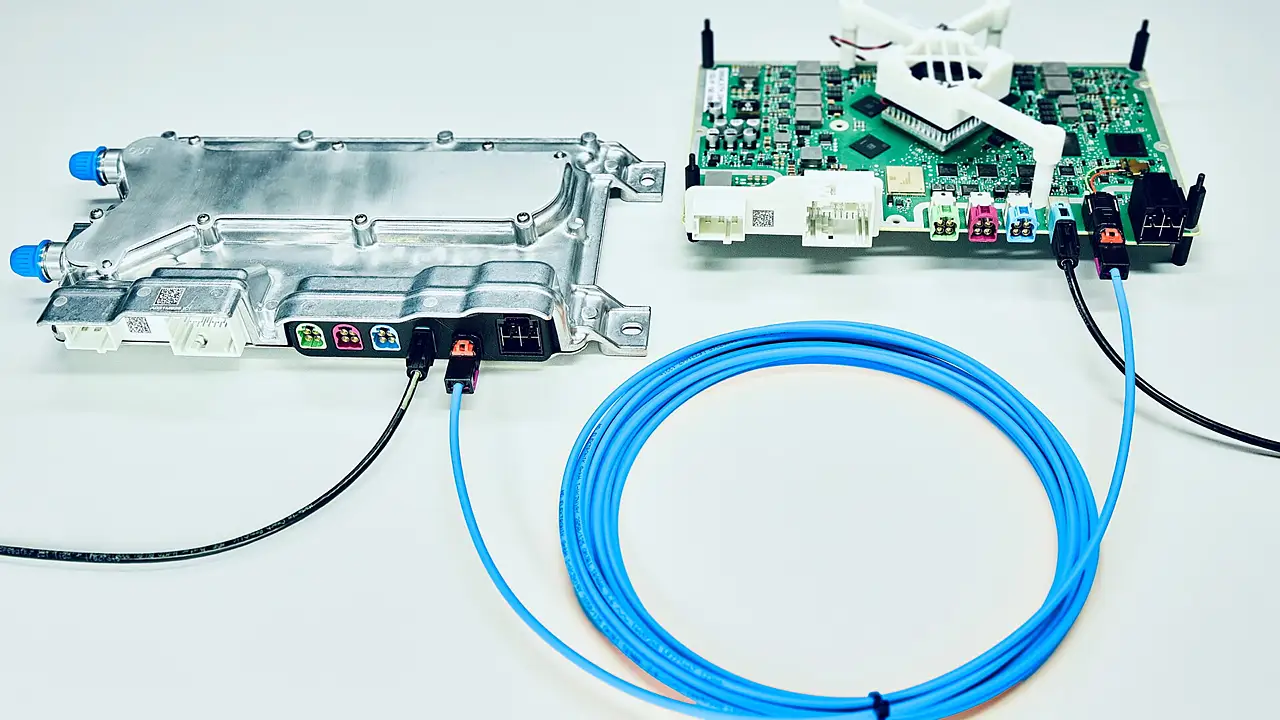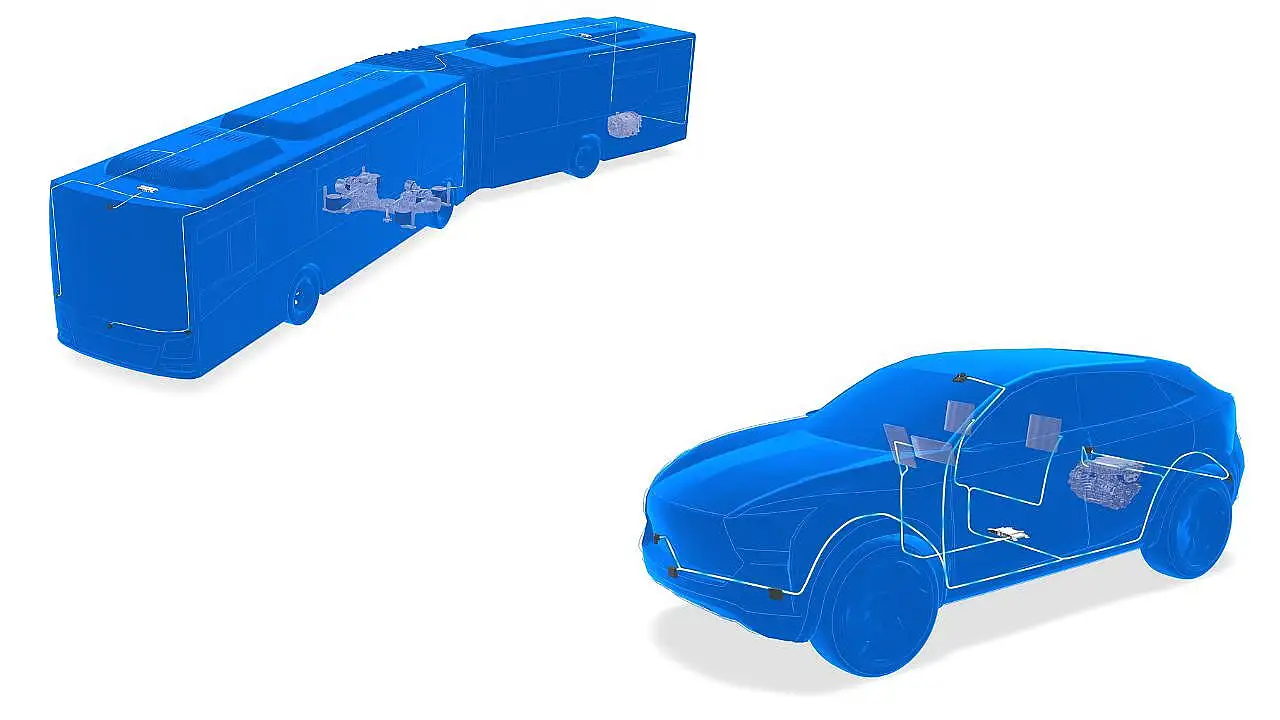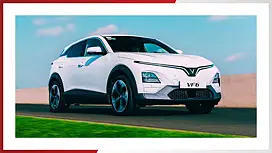
In an era where software-defined vehicles are redefining the automotive landscape, ZF is bringing a critical transformation to the industry’s digital backbone with its pioneering implementation of optical multi-gigabit Ethernet.
While fiber optic networks are already standard in homes and offices demanding high-speed data transfers, their adoption in vehicles has, until now, remained limited. That’s about to change.
ZF has advanced its ProAI high-performance computing platform to support automotive-grade optical data transmission, setting the stage for a next-generation in-vehicle networking revolution. Developed in line with the IEEE 802.3cz-2023 standard, the system uses glass optical fibers (OM3) and new chipsets and connectors that enable blazing-fast data transfer at rates of up to 50 Gbit/s—distances of up to 40 meters, all within the vehicle's architecture.
Oliver Briemle, Head of Cross-Domain Computing at ZF, said, “Ultra-fast transmission is a key enabler for the vehicle electrical systems of the future. This technology not only enhances speed and reliability but also unlocks the true potential of software-defined mobility.”
ZF’s innovation comes at a time when modern vehicles are data-hungry machines, driven by demands from ADAS, infotainment, V2X communications, and a growing array of connected services. Traditional copper-based systems and legacy optical solutions like MOST (Media Oriented Systems Transport) no longer suffice. ZF’s fibre optic leap addresses this gap head-on, delivering high bandwidth, energy efficiency, and electromagnetic immunity, all while keeping weight and complexity low.
Unlike older systems using polymer optical fibres, ZF’s latest solution is built on glass fibres, which offer greater durability, lower signal loss, and a broader bandwidth spectrum. With support for 2.5, 5, 10, 25, and 50 Gbit/s transmission, optical multi-gigabit Ethernet enables everything from real-time sensor fusion for autonomous driving to ultra-responsive infotainment streaming.

But the impact goes beyond speed. Weight savings from using fibre optics help improve fuel efficiency and EV range, while reduced electromagnetic interference (EMI) increases system reliability and ensures galvanic isolation between high-voltage zones. The energy efficiency of optical data transfer—enabled by VCSELs (vertical-cavity surface-emitting lasers) and photodiodes—is another advantage, reducing the electrical load in already energy-intensive environments like EVs.
A standout feature of the IEEE 802.3cz-2023 standard is its scalability. The same cabling infrastructure can support upgraded ECUs, HPCs, and MDCs without re-laying optical fibres—offering a future-proof solution as vehicle computing demands continue to escalate. With mass-market availability of OM3 fibres and related components, ZF’s platform is also cost-effective for volume production, positioning it as a scalable solution across vehicle segments—from cars and SUVs to trucks, buses, and autonomous shuttles.
ZF’s internal testing has demonstrated robust performance across a range of operating conditions and vehicle types, making the system ready for series production as early as next year. Beyond speed and resilience, the platform offers low latency, lower power consumption, and improved signal integrity—all managed by a dedicated operations, administration, and maintenance (OAM) channel for efficient system oversight.
With this move, ZF is not just modernising in-vehicle data infrastructure—it’s setting the standard for a connected, software-defined future where light, not copper, will carry the load of innovation.
Also Read:
ZF Navigates Market Pressures With Strategic Realignment, Innovation Drive

